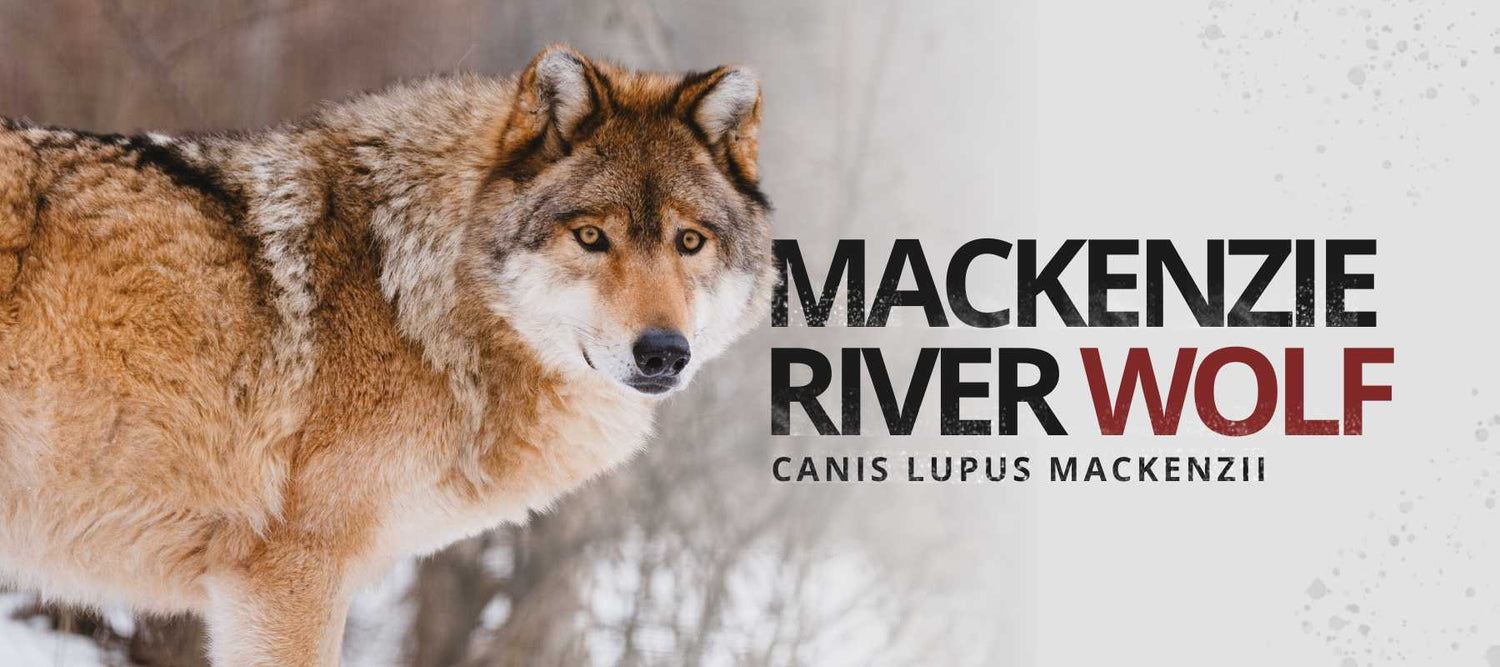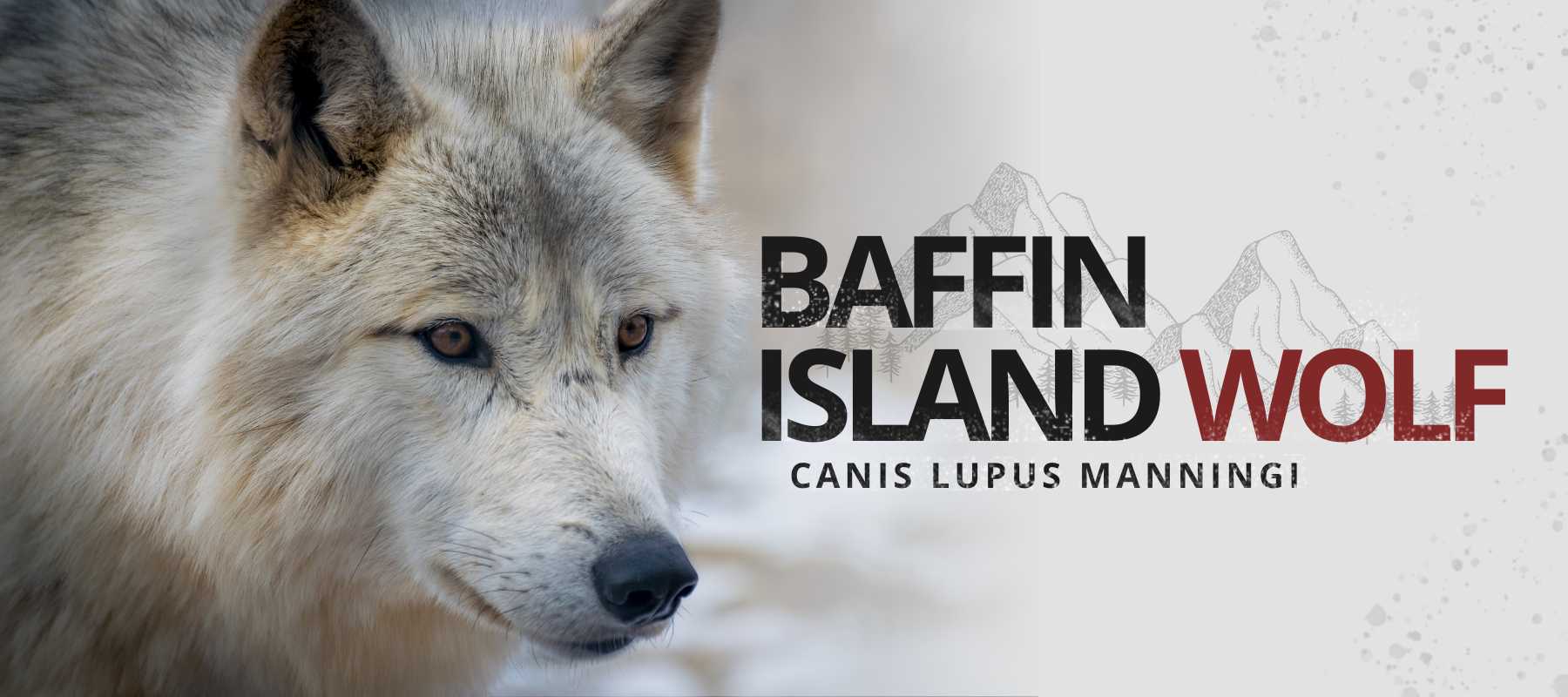CANIS LUPUS MACKENZII
The Mackenzie wolf (Canis lupus mackenzii) is a subspecies of the grey wolf (Canis lupus). Its range covers the Mackenzie River basin in Canada. The Mackenzie wolf can be found in Jack London's novel "White Fang".
The Mackenzie wolf was recognized as a subspecies in 1943. In 1992, it was reclassified and is now part of the subspecies of the Canadian wolf (Canis lupus occidentalis).
Terms such as British Columbia wolf, Manitoba wolf, Mackenzie tundra wolf, Mackenzie Valley wolf are all descriptive terms for this species of grey wolf.🐺
- Common name: Mackenzie River Wolf
- Scientific name: Canis lupus Mackenzii
- Specie: Gray wolf
- Type: Mammals
- Diet: Carnivore

MACKENZIE RIVER WOLF DESCRIPTION
The Mackenzie wolf is usually black, white or gray. Little has been published about this wolf, but one of the most comprehensive studies was done in 1954 by WA Fuller, entitled Wolf Control Operations, Wood Buffalo National Park.
This subspecies of the gray wolf has long, thick legs that are adapted to its environment, allowing it to roam over rough terrain such as deep snow or the steep edges of the Rocky Mountains.🌲
MACKENZIE RIVER WOLF HABITAT
This Canadian wolf lives mainly in western Canada and Alaska on the shores of the Mackenzie River.
Other magnificent wolf species populate Canada's lands, such as the Baffin Island wolf.
MACKENZIE RIVER WOLF DIET
The majority of the Mackenzie wolf's prey are elk, caribou, deer and bison. Wolves introduced to the Mackenzie Valley in Yellowstone National Park have been observed preying on adult bison, demonstrating their success and adaptation to a completely new environment.
The Canis lupus Mackenzii has a highly developed sense of smell. It hunts with its ears pricked up and its nose to the wind, attentive to the scents and sounds that a breeze can bring. Thanks to a Canadian study, it is known that a wolf perceives a scent at about 300 m away. It then stops, pointing its nose in the direction of its prey. At this sign all the others raise their heads to analyze the smell. Each one then wags his tail and jumps. Then keeping silent despite their excitement, they come as close as possible, against the wind.



